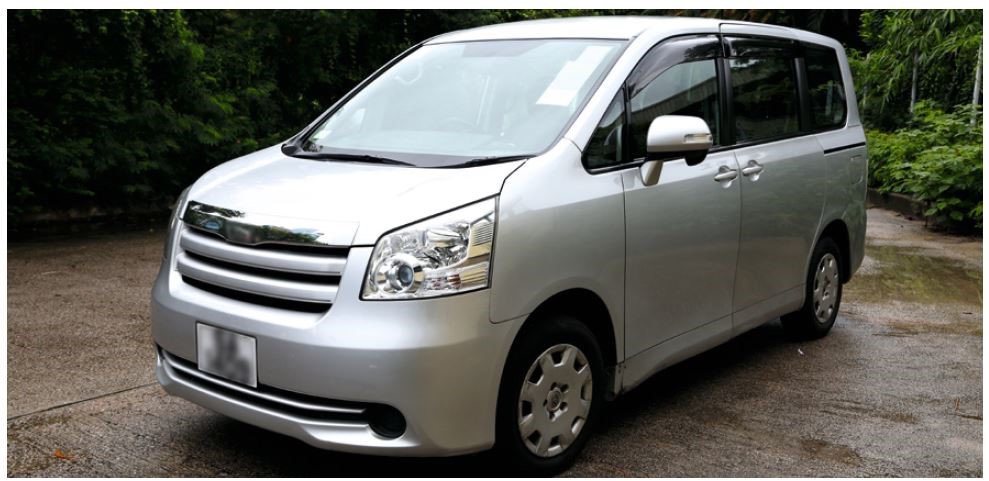|
Your vehicle must be covered by an effective insurance policy and have a valid vehicle licence displayed on the lefthand side of the windscreen.
You must keep your vehicle in good working order. Follow the advice in your vehicle owner's handbook on regular servicing and vehicle checks.
Make sure your vehicle doors and door latches are properly maintained in good working condition.
Make sure the window glass will not obscure the view of the interior. Also, your view should not be obscured by objects inside the vehicle.
Check the performance of steering wheel and brakes, including the parking brake.
|

|
Make sure windscreen, windows, number plates and reflectors are clean.
You must make sure all your lamps work and are clean, and your headlamps are properly adjusted. Badly adjusted headlamps will dazzle other drivers.
Check whether windscreen wipers and washers, warning lights and instruments work properly.
Replace tyres before they become badly worn and never use a combination of cross-ply and radial-ply tyres. Ensure that your tyres are inflated to the correct pressure. The required minimum depth of tread is 1mm throughout at least three quarters of the breadth of the tread.
Make sure your seat belts are properly maintained and adjusted.
You must ensure that any loads carried or towed are secure and they do not obstruct your view.
You must not start or run your engine with the fuel tank cover removed.
|
Driver assistance system
If your vehicle is equipped with driver assistance systems, you must fully understand their functions, operation and limitations before you use them. When using driver assistance systems, you still have to keep watching the road and traffic conditions and keep your hands on the steering wheel, so that you can resume manual control of the vehicle immediately in emergency situation or when necessary.
|
Safety Checks
